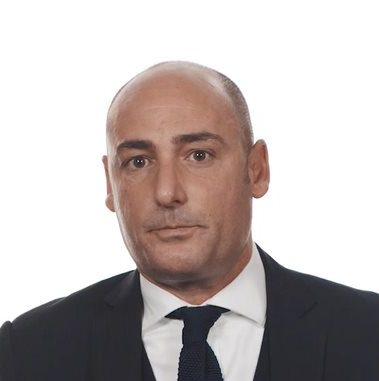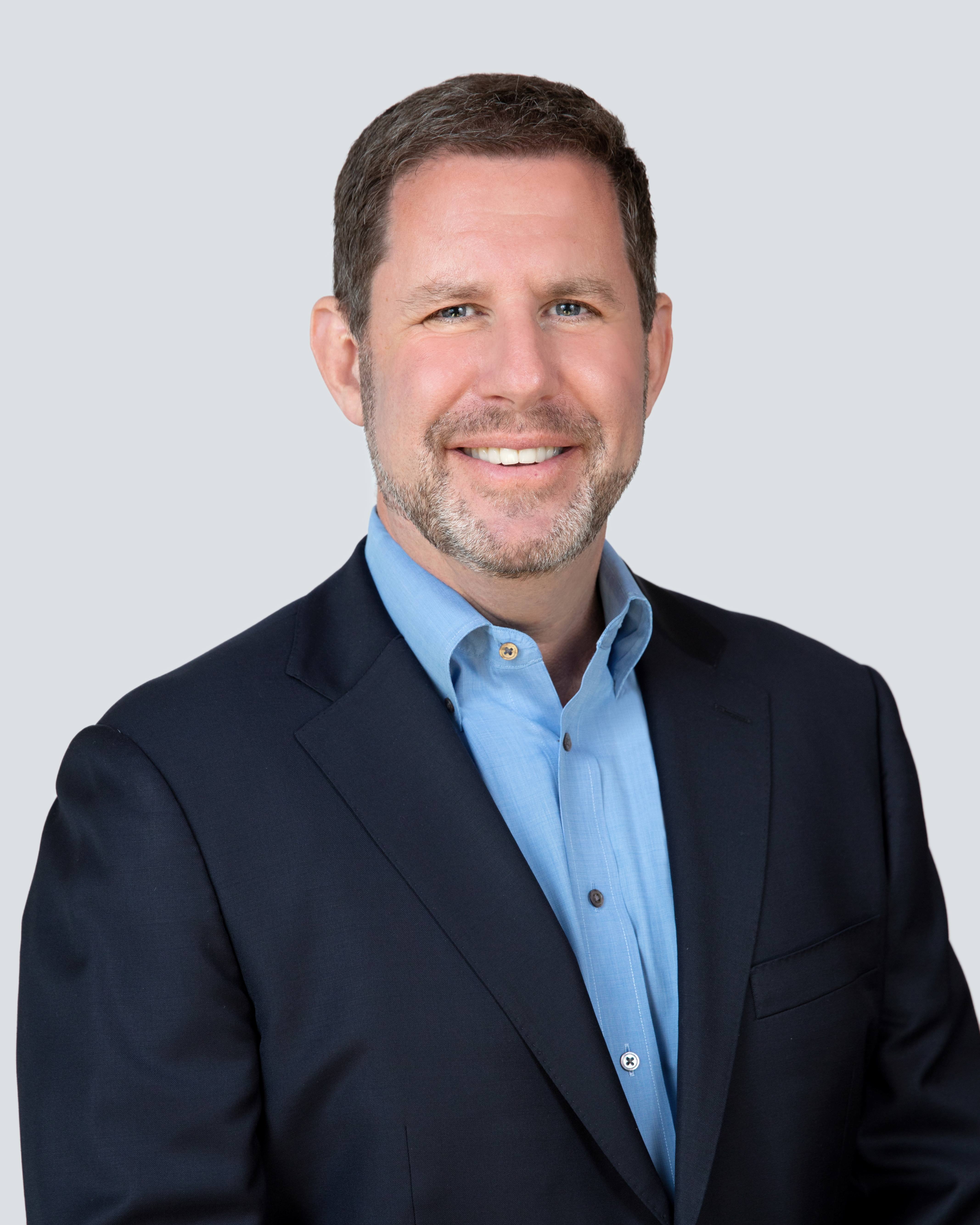The Digilog Solution: fraud-busting tech
The Digilog solution is designed to provide an accurate and efficient process for validating conversation-based transactions and integrity. Lior Koskas, Digilog UK Ltd, spoke to Modern Insurance about Digilog’s approach to fraud risk assessment as he delved into the world of Voice Risk Analysis (VRA) technology as we discussed the effect of the pandemic on fraudulent activity.
Q. You have been involved in the development and deployment of VRA technology for many years, and across many assignments. What drew your expertise to Digilog?
A. I have been involved with the subjects of Voice Analysis and Cognitive Interviewing techniques for more than twenty years now. I am originally from Israel, where the technology was invented, and I have worked on this technology right from the point at which it was just an idea on a piece of paper. I have always been fascinated by technology and to have had the opportunity to be involved right from the beginning has been fantastic. Since then, I have worked with VRA, Narrative Integrity Analysis, Cognitive Interviewing techniques and Conversation Management on a variety of international assignments and high-profile fraud and criminal cases with several corporate and public bodies, including both police and security services.
In 2003, I was appointed as Business Development Director at Digilog UK to help them develop their business and training and assist with their rapid growth into the varying markets. I was initially attracted to the post at Digilog because they were at the forefront in terms of cutting-edge technology and I wanted to be a part of it. Today, I am the CEO of Digilog UK, so it has been quite a journey!
Q. VRA monitors the stress levels within customer responses during calls to detect risk and deception. Given the current pandemic, it is natural to assume that stress levels have been elevated. How has this been considered and have any adjustments been made?
A. You are right to assume that stress levels will have been elevated due to the pandemic, but in truth, fluctuating stress levels are something that we are already equipped to handle. For example, any type of insurance claim, whether your house has been burgled or your car has been stolen, will automatically increase your stress levels. Our technology takes that into account from the outset by introducing an element which we call calibration. So, at the beginning of every conversation we have with a customer, we calibrate their voice to eliminate any pre-existing stress. To do this, we will ask them a few simple questions which we know the answer to, such as their first and last name and their date of birth. The technology will then establish a base line, or ‘truth line’, and take into account the pre-existing stress factors we discussed previously at this specific point in the customer journey. The technology will not take the customer’s stress levels into account later down the line, only if their stress levels increase dramatically as a result of a particular question they are answering.
Furthermore, it is important to understand that there are many more emotional reactions that we measure that combine and contribute to the assessment of an answer, stress is just one of them. We look at a variety of parameters in the frequency of the voice and then we establish the acceptable level of the emotional reaction. We will then measure anything that is below or above that level. As long as you are within the acceptable range, for example, the parameters reacted exactly as when you told the truth about your name, we would assume that the answer you gave is likely to be genuine. If it goes above that set parameter, then it will signal to us that you might be a risk and not providing a genuine answer. We use these indications and ‘readings’ as signposts alongside the other complementary techniques we train the user to apply in real time. They assist in determining whether further investigation is needed, or whether the transaction could be ‘fast tracked’.
Q. Why is a Dual Approach tofraud risk assessment important?
A. There is no silver bullet solution or technology in the market that is 100%accurate. Our technology, in terms of detecting potential risk, has an 80-85% accuracy rate. Therefore, we combine our technology with the human element. We train our operators or users to apply Cognitive Interview techniques, this will enable them to analyse statements based on the way the individual is expressing themselves; their word choice can indicate whether the answer is likely to be truthful or deceitful. These language indicators, commonly used by various organisations to validate statements, are extremely powerful and provide a real insight into the validity of information given by a subject.
We never base our decisions solely on the technology or the human element, it is always a dual approach. Having technology working alongside a skilled user has proven to be the best way to accurately assess risk in the conversation and to ensure that there are multiple elements supporting the decision. Combining this type of process with existing fraud detection tools can only improve the overall customer journey.
Q. Insurers must aim to deliver an exceptional customer experience every time, but many claimants are willing to offer misrepresented material to falsely secure higher compensation. How does Digilog’s solution juggle the customer experience and fraud detection?
A. The customer experience is at the heart of our solution. Many of our customers use our solution to detect the genuine, truth tellers first and foremost. Why? Because they want to eliminate any potential fraud quickly, in real-time, and then put their genuine customers on the fast track route for settlement. Our solution is not just about detecting fraud, it is also about enhancing customer service by being able to detect genuine customers quickly and effectively.
We have one insurance company that used to have a claim life cycle of 30 days from the First Notification of Loss (FNOL) to payment. However, once they started using our solution, they were able to cut that process down to four days for genuine claimants, because they were able to identify them almost immediately without having to go through a laborious investigation process. It is about finding the right balance between customer service and fraud detection. Having the ability to remove genuine customers from a group of suspect claims confidently and accurately must have a positive impact on the vast majority of customers that experience a genuine and sometimes traumatic event.
Q. Vishing fraud has been on the rise throughout the coronavirus crisis. How would you advise the industry tackles this issue? Could educating the public more thoroughly on fraudulent activities help?
A. It needs to be done on two levels. Firstly, organisations must be prepared to explore any opportunities or technology that is currently available to help them fight the potential increase in the amount of fraud that is expected during and after the pandemic. Anything that can assist in improving and streamlining these companies processes and procedures should be seriously considered. There is absolutely no doubt that this is going to be high on the agenda for many organisations. Fraudsters are becoming more sophisticated in their methods. Vishing is just one of the ways they adapted to ‘wider the net’ and take advantage of the current situation we all find ourselves in.
It is the duty of the industry to increase public awareness and educate them. We need to help customers understand what fraudulent activity is, and what impact it can have on their day-to-day cost of living and cost of premiums. The bottom line is that the further fraud rises, the more it will cost genuine people. Fraudsters are always one step ahead and they will take advantage where they can. We can and must continue to find ways to stay a step ahead of the fraudsters.
Q. How would an increase in data and sharing information across the industry allow for easier identification of potential fraud indicators?
A. Data sharing has been high on the agenda for financial services in recent years and I think it is a fantastic way of utilising existing information to improve processes and anomaly detection.
Organisations like the Insurance Fraud Bureau (IFB) are crucial as their aim is to bring together insurance companies to share data on fraudulent activities which will only help others to be proactive in detecting such activities before they happen. The problem is, until we have a scenario where all organisations are engaged in sharing that data, it would be difficult to take the full advantage of using data sharing capabilities. More organisations are becoming ‘open minded’ in relation to data sharing. With GDPR in mind, coming together and helping each other can only result in a win-win situation for the benefit of all.
Q. From a Fintech perspective, what has been the most challenging aspect of the 2020 pandemic?And, following that, what have been the most beneficial ‘opportunities’?
A. The biggest challenge for us has been the migration of our users from an office to a home-based environment. We have had to put all our focus into helping our customers take the processes and procedures that they used and followed before the pandemic into a home-based environment. It was a challenge, but our technology can be used anywhere, and we have worked with our customers to ensure that they had a smooth and transparent transition from office to home/remote working.
On the flip side, our solutions are on demand because fraud levels are on the rise. Our ‘opportunity’ is to continue helping organisations fight fraud. The pandemic has opened our eyes and we are more aware of potential areas of fraud that we may not have thought about in great detail pre-Covid. Therefore, we are doing our best to be ahead of the fraudsters and calculate their next steps.
Q. How do you imagine fraud to change and adapt the longer the pandemic lasts?
A. I am convinced that fraudsters will look into how to exploit the recent government schemes and solutions, and I think this is what has made this pandemic attractive to some fraudsters because it has given them new areas to explore.
The prediction is that there is going to be a rise in the amount of fraud and claims. We have seen an increase in the number of claims across the board but until this pandemic is over, we won’t fully understand and evaluate the damage and types of fraud that have surfaced as a result of the pandemic.

Lior Koskas is the Chief Executive Officer at Digilog UK Ltd.
https://digiloguk.com/



